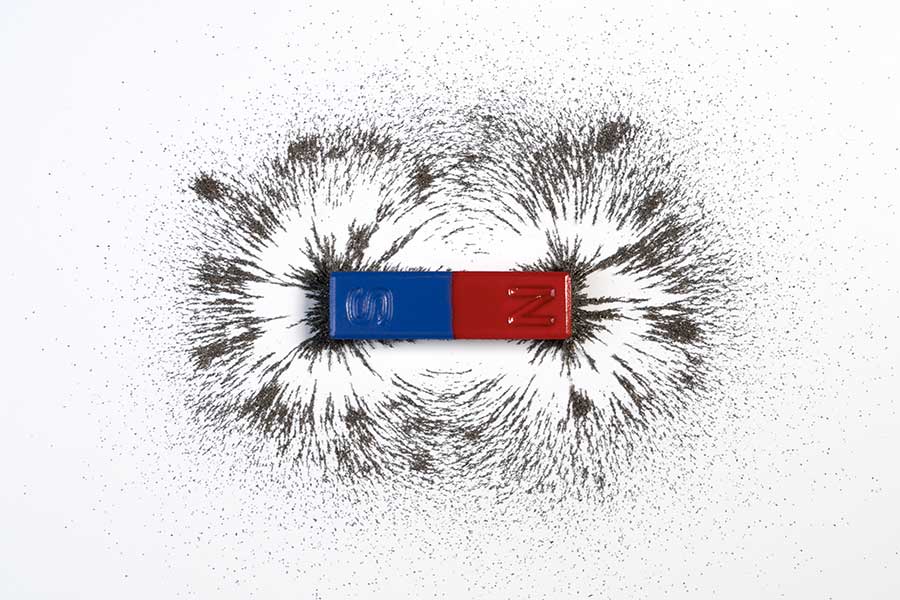History of permanent magnets
The modern history of permanent magnets started around 1940 with the introduction of AlNiCo (Aluminum Nickel Cobalt). Before this, the use of permanent magnets was limited to a few applications such as the compass and magneto whose very function depended on the permanent magnetic properties. With the introduction of AlNiCo, it became possible to replace electromagnets with permanent magnets and the use of magnets started to become widespread devices such as motors, generators and loud-speakers.
This penetration of permanent magnets into our everyday life gathered momentum with the discovery of ferrite magnets and permanent magnets are now commonplace in our environment.
A revolution in permanent magnetic materials commenced around 1970 with the introduction of the samarium-cobalt (SmCo) family of hard magnetic materials with magnetic energy densities hitherto undreamed of. This revolution accelerated recently with the discovery of a new generation of rare-earth magnets based on neodymium, iron and boron with even higher magnetic energy densities than samarium-cobalt (SmCo) and with an anticipated lower cost. These two families of rare-earth magnets have such high energy densities that they can not only replace electromagnets, but also have applications not available to electromagnets. Examples of these are in the tiny stepper motors in wrist-watches and the sound transducers in Walkman-type headsets.
The discovery of neodymium-iron-boron magnets was announced almost simultaneously late in 1983 by Sumitomo Special Metals Company and General Motors. They are based on an intermetallic compound NdFeB (Neodymium Iron Boron). The enormous interest these magnets have generated arises because, for the first time, a new magnetic material has been introduced which is not only stronger than the previous generation but is more efficient. They are principally iron which is much cheaper than cobalt and neodymium, which is one of the most common rare-earth materials, being more abundant than lead. There is five to ten times more neodymium than samarium in the principal rare-earth minerals monazite and bastnaesite.
